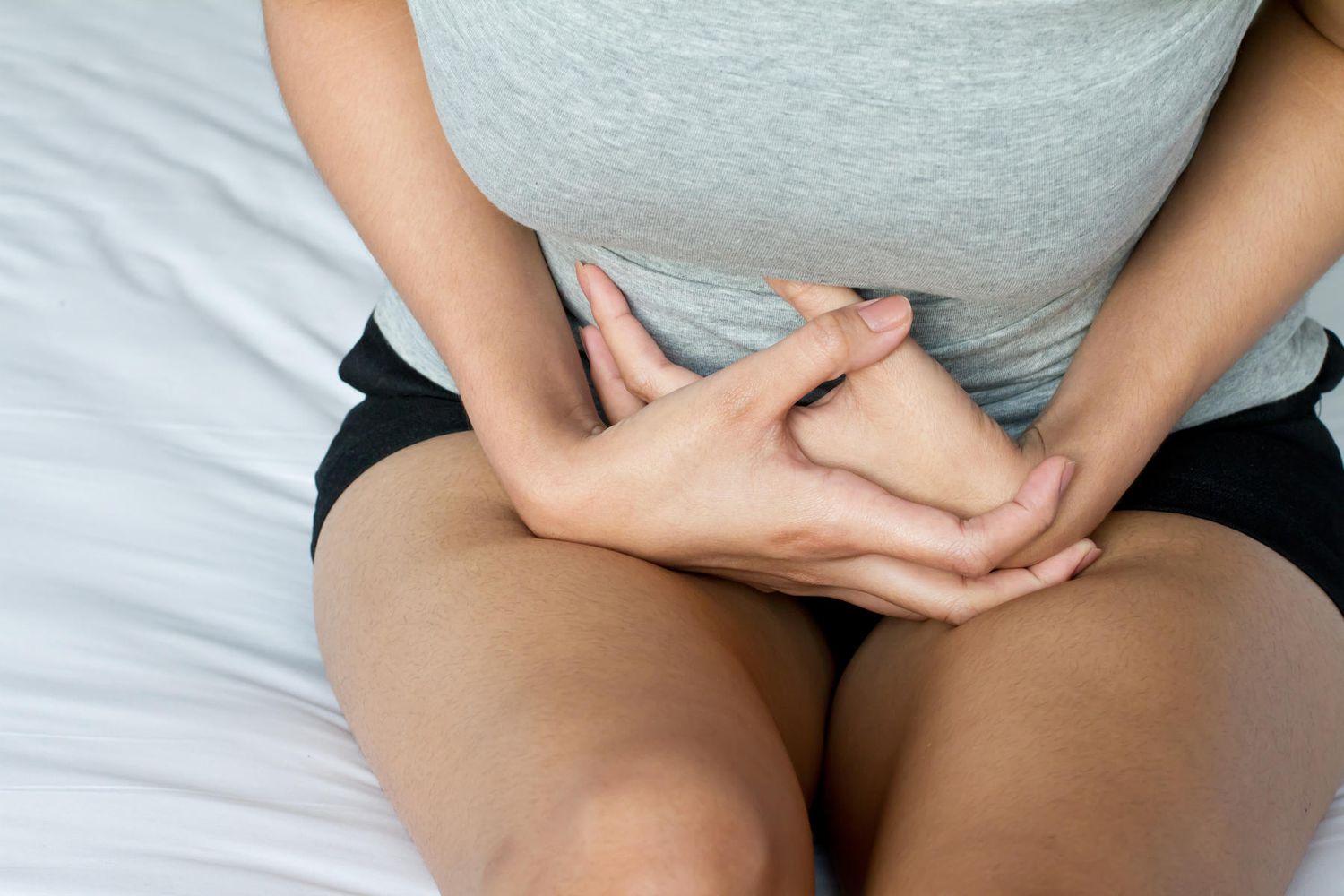My Cart(0)
Embracing Comfort: A Guide to Postpartum Pain Relief

Introduction
The journey of pregnancy and childbirth is a miraculous and transformative experience. While it brings immense joy, it can also bring discomfort and pain as your body adjusts to the changes. Postpartum pain is a common part of the process, but fortunately, there are simple and effective ways to manage and alleviate it. In this comprehensive guide, we will explore expert advice and insights from various sources to provide you with practical solutions for postpartum pain relief, ensuring your journey into motherhood is as comfortable as possible.

Understanding Postpartum Pain
Before we delve into relief methods, it's essential to understand the various types of postpartum pain. Lansinoh explains that postpartum pain typically falls into three categories:
-
Uterine Contractions: After giving birth, your uterus continues to contract to return to its pre-pregnancy size. These contractions, known as afterpains, can be uncomfortable but are a natural part of the postpartum process.
-
Perineal Pain: If you had a vaginal delivery, you may experience perineal discomfort or pain due to tearing, episiotomy, or general soreness.
-
Cesarean Section Pain: If you had a cesarean section, you'll experience abdominal pain and discomfort around the incision site.
Effective Solutions for Postpartum Pain Relief
Now, let's explore simple yet effective solutions for managing and finding relief from postpartum pain:
1. Uterine Contractions
Uterine contractions can be managed with the following strategies:
-
Pain Medication: Consult your healthcare provider about safe over-the-counter pain relievers or prescription medications to alleviate afterpains.
-
Heat Therapy: Applying a warm heating pad or hot water bottle to your lower abdomen can provide soothing relief from uterine contractions.
-
Position Changes: Changing positions, such as lying on your side or taking slow walks, can help alleviate discomfort by promoting better blood flow.
2. Perineal Pain
Perineal pain relief is crucial for a comfortable postpartum recovery:
-
Sitz Baths: Soaking in a warm sitz bath can help ease perineal discomfort and promote healing. You can use a specialized sitz bath basin or add Epsom salts to your bathwater for added relief.
-
Perineal Sprays and Balms: Lansinoh recommends using soothing perineal sprays or balms containing natural ingredients like aloe vera and witch hazel to reduce swelling and provide relief.
-
Pain Medication: Consult your healthcare provider for safe pain relief options, especially if you had an episiotomy or significant tearing.
3. Cesarean Section Pain
If you had a cesarean section, these measures can help manage abdominal discomfort:
-
Pain Medication: Your healthcare provider will prescribe pain medications to manage post-cesarean pain. Take these medications as directed to stay ahead of the pain.
-
Supportive Undergarments: Wearing supportive and comfortable undergarments, such as maternity or postpartum belts, can reduce abdominal discomfort and provide support to the incision area.
-
Gentle Movement: Gradual and gentle movements like short walks can help prevent stiffness and improve blood circulation.
Postpartum Pain Management Tips
In addition to the specific relief methods mentioned above, consider these overarching tips for managing postpartum pain:
1. Stay Hydrated
Drinking plenty of water is essential for postpartum recovery. Adequate hydration helps your body heal faster, reduces the risk of complications, and can even ease muscle soreness.
2. Rest and Sleep
Rest is crucial for your body's healing process. Ensure you get enough sleep and rest whenever possible. Enlist the help of family and friends to care for your baby, allowing you to recover adequately.
3. Good Nutrition
Eating a balanced diet rich in nutrients supports your recovery. Focus on foods that promote healing, such as fruits, vegetables, lean proteins, and whole grains. Consult your healthcare provider or a nutritionist for personalized dietary advice.
4. Gentle Exercises
Engage in gentle postpartum exercises, such as pelvic floor exercises or guided stretching routines, once you receive the green light from your healthcare provider. These exercises can alleviate muscle tension and improve your overall comfort.
5. Emotional Support
Postpartum pain isn't just physical; it can also take an emotional toll. Reach out to friends, family, or a therapist for emotional support. Talking about your experiences and feelings can be incredibly healing.
The Importance of Professional Guidance
It's essential to remember that every woman's postpartum experience is unique. What works for one may not work for another. Therefore, always consult with your healthcare provider before trying any postpartum pain relief methods or medications, especially if you are breastfeeding.

Conclusion
Navigating postpartum pain is a natural part of the journey into motherhood. While it may be uncomfortable, it's temporary, and with the right strategies and support, you can make this period more manageable. Understanding the different types of postpartum pain and how to address them is a crucial step toward a comfortable recovery.
By staying hydrated, getting adequate rest, nourishing your body, engaging in gentle exercises, seeking emotional support, and following your healthcare provider's advice, you can ease postpartum pain and focus on what truly matters—bonding with your newborn and savoring the precious moments of motherhood.
Remember that you are not alone on this journey. Seek help when needed, and embrace this transformative time in your life with the knowledge that each day brings you one step closer to recovery and the joys of motherhood.
unsubscribe at any time without costs.










